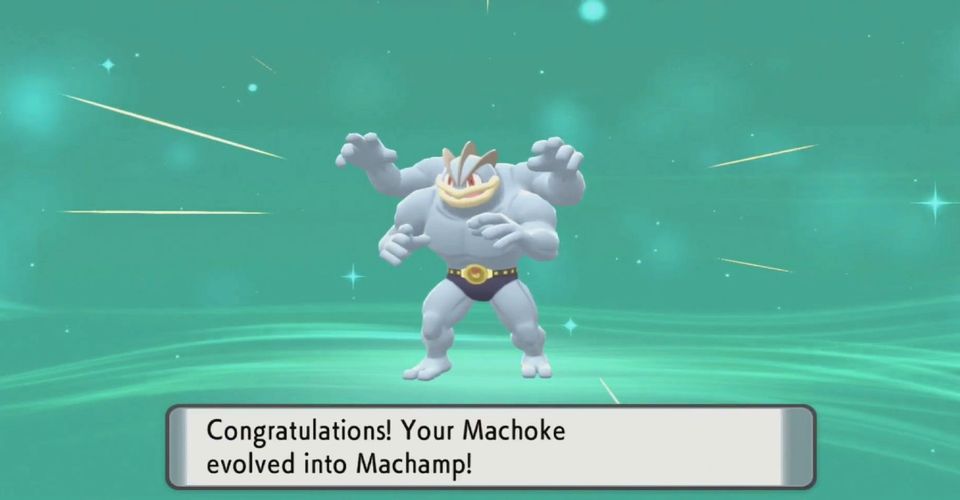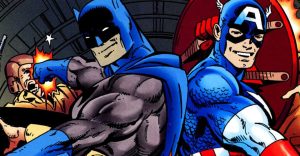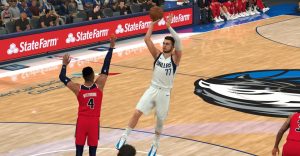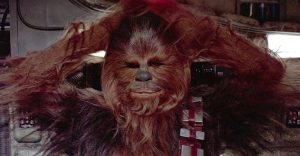Why Pokémon Evolve Through Trading

Trading has always been a staple in the Pokémon franchise and some Pokémon only evolve after they are exchanged. Two versions of each generation, sometimes three, are released with exclusive Pokémon in each game. Beyond collecting all the monsters, trade evolution adds another incentive for players to exchange team members between versions. The majority of NPCs in the game do not question this phenomenon that occurs because it is natural in their world. Solving the mysteries as to why some Pokémon evolve through trading is a puzzle even the greatest Pokémon Professors in the game have yet to understand.
Trade evolution is necessary to acquire a handful of strong Pokémon. The powerful and fast Psychic-type Alakazam can only be obtained after trading a Kadabra. This Gen I Pokémon is one of the most iconic trade evolution monsters, being sought after in BDSP and in other games in the franchise. Other fan-favorite Pokémon from the first generation that require this process include Machamp, Golem, and Gengar. New monsters that need to be traded to evolve have been added in later Pokémon games. The phenomenon of how this process works not only stumps fans, but the mysteries surrounding trade evolution permeate even the world of Pokémon itself.
At the start of every mainline Pokémon game, players are introduced to the Pokémon Professor of the region they’re currently in. They study a topic related to the monsters and how they interact with the world. Every Pokémon Professor has a specialty and is revered in the game for their knowledge. Currently, in each generation, there are 10 researchers, with the three most relevant to the topic of trade evolutions being Professor Oak, Elm, and Rowan. Unfortunately, no evidence is explicitly stated as to why some Pokémon evolve after they are traded. Elm and Rowan specifically focus on the evolution process in Pokémon and they do not shine any light on this mystery. These unanswered questions have led fans of the series to create theories as to why some Pokémon have trade evolutions, while others attain their final form through other means.
Pokémon Fans Create Theories On How Trade Evolution Works In-Game

A heartbreaking theory that some users on the Pokémon Reddit had was that the monsters evolve when being traded as a way to entice players to reverse the trade. Professor Oak appears in many Pokémon games, always traveling for his research on the relationships between humans and Pokémon. If the creatures evolved in this manner, most likely he would have discovered this nature in Pokémon. A theory that might possibly hold some truth was posted by a user that, unfortunately, deleted his account. They talked about how there is only so much one trainer can teach a Pokémon “so by being traded away into the hands of another trainer, they learn a lot more, triggering their evolution.” Players in the games learn that Pokémon become stronger when they are taught by a trainer. Increasing the bond between Pokémon and the trainer also raises their friendship level, which is a requirement for different evolutions, like for Pokémon Evee. Fans might be shocked to find out the real reason trading was implemented into Pokémon.
A blog post from PokePoke31 summarizing an interview with the President of Game Freak, Satoshi Tajiri, tells the origin of trading in Pokémon. He played Dragon Quest II and wanted to trade for a rare item with a friend, but couldn’t. He became frustrated and decided to put the feature into his own game. This one experience influenced the entire Pokémon series, almost a decade before the franchise was released. There may not be an in-universe reason why Pokémon evolve, but maybe Mr. Tajiri might see a wonderful theory from the community and write it into future games.
Source: Reddit, PokePoke31
About The Author

















